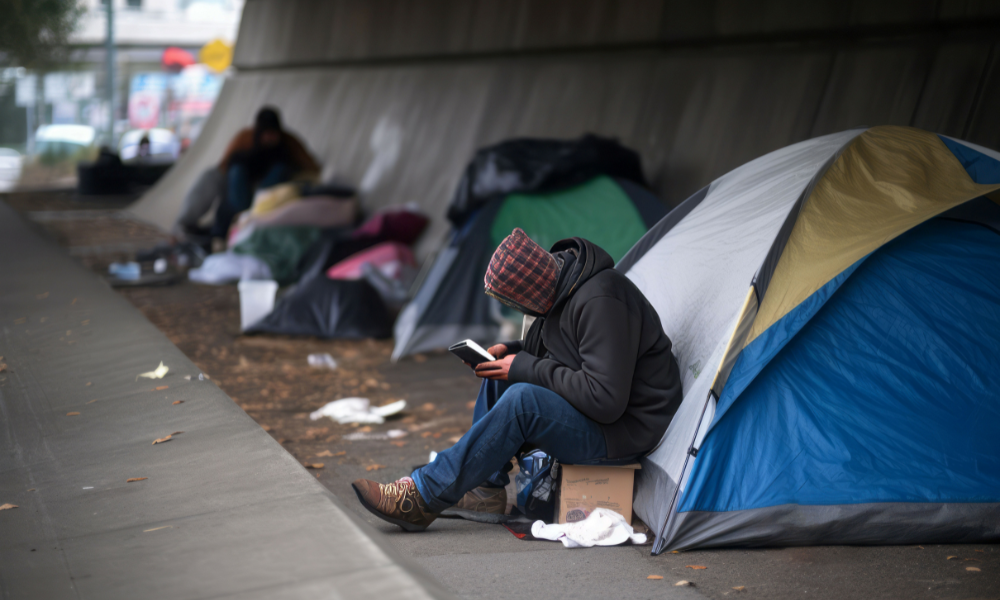City estimates 129,000 new units needed by 2035 to meet population growth and housing demand

Ottawa’s homeless population could climb by nearly 60% in the next decade unless significant investments are made in affordable housing, according to a city report released Friday.
The report projects that, without intervention, the number of people entering shelters each year could rise from 9,326 today to 14,734 by 2035.
This alarming figure doesn’t reflect a one-day snapshot but rather the annual total of individuals who access a homeless shelter. Even so, the city’s most recent point-in-time count, conducted in October 2024, showed 2,952 people experiencing homelessness at that moment, a 78.5% increase from 2018.
"These are provincial and national trends, and they're going to intensify," said Jesse Donaldson, executive vice president of HelpSeeker Technologies, which conducted the modelling for the city.
"The extent to which the housing pressures will continue and escalate over the coming years — next year, five, 10 years — is so significant that it requires a proportional response."
Pressures driving the crisis
Ottawa’s population is expected to grow substantially by 2035, with an estimated 118,000 new households joining the market. A larger share of these households will be renters, projected to account for 43% of all households by 2035, up from 36% in 2021.
Rising rents are outpacing wage growth and intensifying affordability challenges. The city notes that the median monthly rent rose by 61.3% between 2014 and 2024, while household incomes only increased 46.4% between 2006 and 2021.
Read next: Secondary market renters face hidden housing crisis missed by federal stats
Housing is becoming more unattainable for lower-income residents.
One in four renter households live in homes that are unaffordable, unsuitable, or inadequate. The share of renters paying $2,000 or more per month increased from 1.3% in 2006 to 17.1% in 2021. Vacancy rates for affordable rentals are effectively zero and social assistance rates remain far below market rental levels.
Demand for subsidized housing is surging as well. The city’s rent-geared-to-income housing waitlist has ballooned 36.8% in just two years, reaching 15,140 households as of December 2024. Wait times range from 4.2 to 7.6 years, depending on household size and family status.
Affordable housing solutions
To address the escalating need, the city estimates it will need nearly 129,000 new housing units by 2035, including more than 10,550 affordable units. These must include a mix of supportive, transitional, and public housing, along with rent subsidies.
If such housing is built, city modeling suggests homelessness could be reduced to near zero as people exit homelessness faster than new individuals fall into it.
However, city officials say Ottawa cannot shoulder the financial burden alone.
“We would certainly need more sustained and significant funding from senior levels of government,” said Kale Brown, the city’s interim director of housing and homelessness services.
The federal government has already committed $176 million through its housing accelerator fund over three years. But Brown warned that failing to act could result in even higher costs down the line.
“We would anticipate much larger costs on emergency services, hospital services, that kind of thing,” he said. “It is imperative that we do the cheaper solution over the long term.”
Make sure to get all the latest news to your inbox on Canada’s mortgage and housing markets by signing up for our free daily newsletter here.



